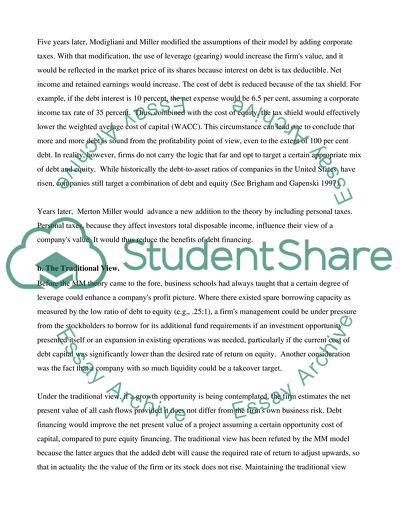Cite this document
(Fundamentals Of Corporate Finance Case Study Example | Topics and Well Written Essays - 2750 words, n.d.)
Fundamentals Of Corporate Finance Case Study Example | Topics and Well Written Essays - 2750 words. Retrieved from https://studentshare.org/finance-accounting/1731309-corporate-finance
Fundamentals Of Corporate Finance Case Study Example | Topics and Well Written Essays - 2750 words. Retrieved from https://studentshare.org/finance-accounting/1731309-corporate-finance
(Fundamentals Of Corporate Finance Case Study Example | Topics and Well Written Essays - 2750 Words)
Fundamentals Of Corporate Finance Case Study Example | Topics and Well Written Essays - 2750 Words. https://studentshare.org/finance-accounting/1731309-corporate-finance.
Fundamentals Of Corporate Finance Case Study Example | Topics and Well Written Essays - 2750 Words. https://studentshare.org/finance-accounting/1731309-corporate-finance.
“Fundamentals Of Corporate Finance Case Study Example | Topics and Well Written Essays - 2750 Words”, n.d. https://studentshare.org/finance-accounting/1731309-corporate-finance.


